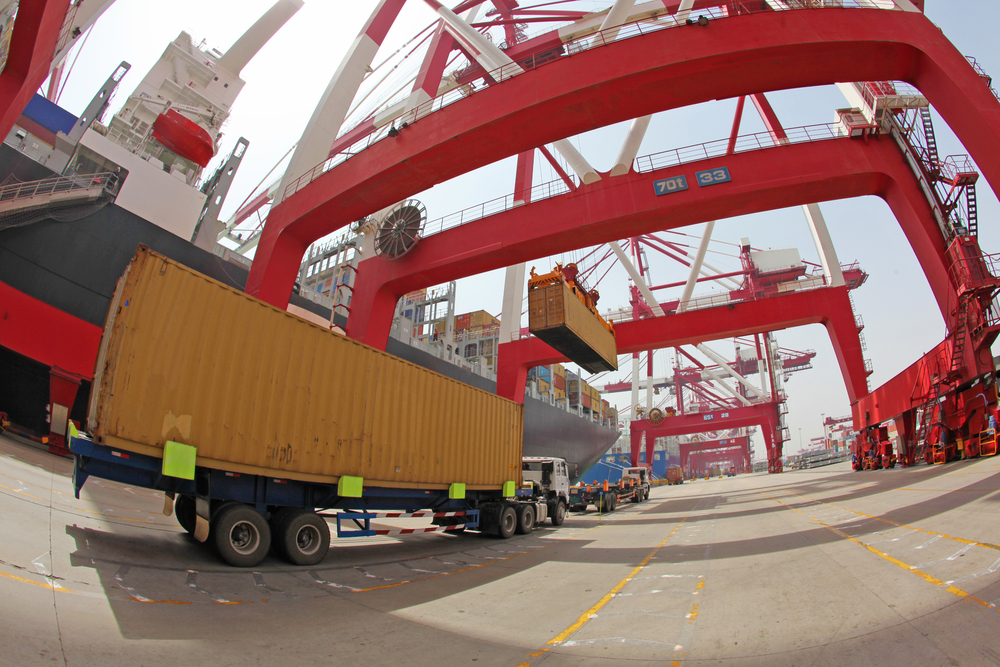Business and Economy
China’s exports rebound in April to 0.9 per cent growth; imports subdued
BEIJING—China’s trade rebounded in April from the previous month’s surprise contraction but imports were subdued in another sign of the country’s economic slowdown.
Customs data Thursday showed exports rose 0.9 per cent, recovering from March’s 6.6 per cent decline. Imports rose 0.8 per cent, up from the previous month’s 11.3 per cent decline.
China’s leaders are trying to nurture growth based on domestic consumption to replace a worn out model reliant on investment and trade, but the country still needs strong exports to support employment. Their plans call for annual trade growth of 7.5 per cent. Official data show total exports and imports down by 0.5 per cent so far this year.
“We expect export growth to continue to improve in the coming months amidst gradually improving global demand momentum, but we do not expect a steep recovery,” said RBS economist Louis Kuijs in a report.
Weak global demand for Chinese goods has forced communist leaders to backtrack temporarily and launch mini-stimulus efforts last year and in March based on state-led investment in construction of railways, low-cost housing and other public works.
Analysts say this year’s export growth probably is stronger than it looks. They say the figures suffer from comparison with last year, when exporters reported inflated values for goods as a way to evade Chinese currency controls and bring extra money into the country.
March exports were $188.5 billion while imports were 0.
1 billion. The country’s global trade surplus narrowed by 1 per cent from a year earlier to $18.4 billion. China ran a trade deficit in January and February before returning to a surplus of $7.7 billion in March.
China’s politically sensitive trade surplus with the United States widened by 19.7 per cent from a year earlier to $17.6 billion. The trade gap with the 28-nation European Union rose 3.7 per cent to $8.2 billion.
Weak imports reflect slowing Chinese economic growth, which declined to 7.4 per cent in the first quarter of year. The ruling Communist Party’s growth target for this year is 7.5 per cent, after last year’s 7.7 per cent expansion tied 2012 for the weakest performance since 1999.
A survey earlier by HSBC Corp. showed manufacturing contracted in April for a fourth straight month, though the pace of decline was slower, suggesting China’s decline might be bottoming out.
Government curbs on construction have hurt demand for steel, cement, copper and other raw materials.
Such weakness could have global repercussions, hurting economies from Southeast Asia to Australia to South Africa that supply its industries with iron ore, industrial components and other goods.
Officials already have suggested full-year growth might come in below target.
Analysts say the ruling party is willing to accept that so long as the economy is generating enough new jobs to avert political tensions.
“Subdued import growth reflects slow growth of demand in China’s economy,” said Kuijs.
General Administration of Customs of China: www.customs.gov.cn






















